Dream Destination: Italy’s Inspiring Amalfi Coast
Deemed an outstanding area of natural beauty by UNESCO, the Amalfi Coast’s many charms include pristine beaches, bustling historic towns, fine food and wine, and unrivaled coastal vistas
Deemed an outstanding area of natural beauty by UNESCO, the Amalfi Coast’s many charms include pristine beaches, bustling historic towns, fine food and wine, and unrivaled coastal vistas
“Positano bites deep,” wrote John Steinbeck when he visited the Amalfi Coast on assignment for Harper’s Bazaar in 1953. “It is a dream place that isn’t quite real when you are there and becomes beckoningly real after you have gone.”
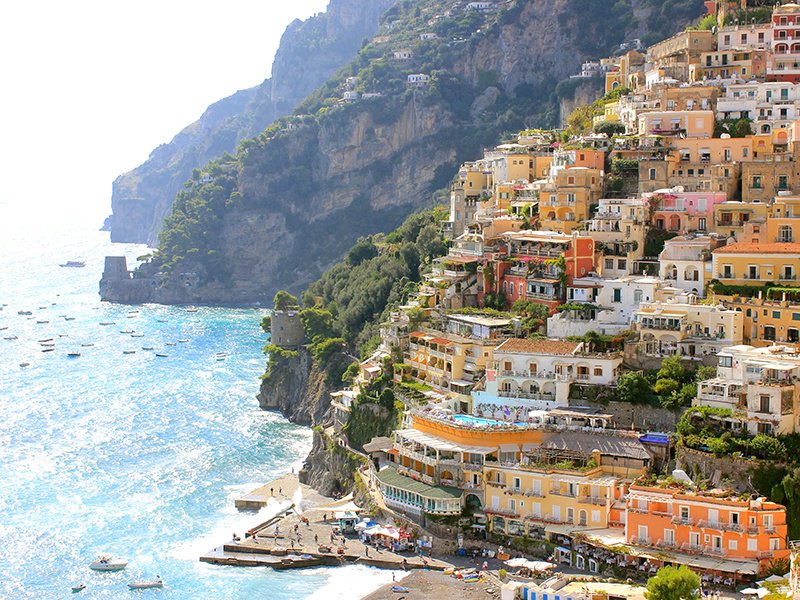
So taken was Steinbeck with this 30-mile (48 km) stretch of coastline, an hour south of frenetic Naples, that he almost didn’t publish his Harper’s piece out of fear that his beloved Amalfi might suffer the negative impact of mass tourism. Luckily, Amalfi Coast residents aren’t prepared to let their little slice of heaven be sold to mass markets, and so it is the perfect place to own a vacation home in an unwaveringly authentic and picturesque destination.
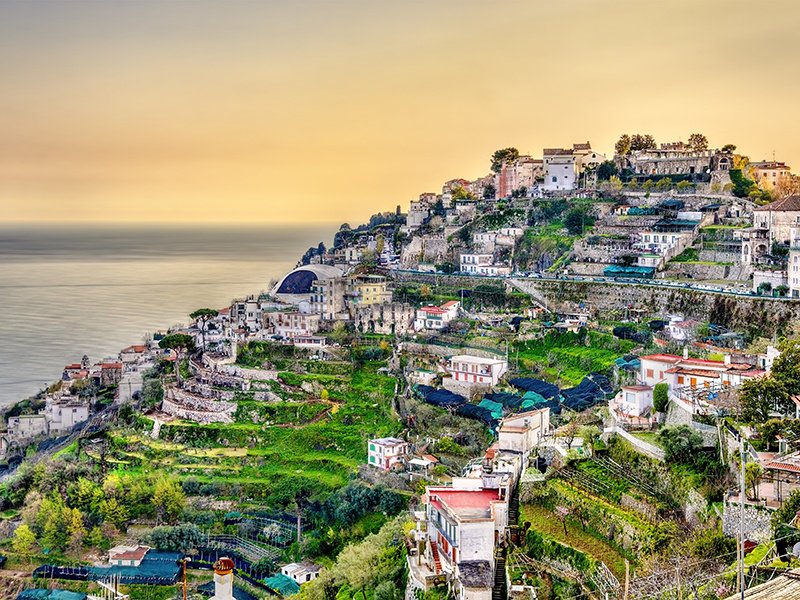
Music and history in Ravello
Perched a dizzying 1,200 feet (366 m) above the sparkling Tyrrhenian Sea, the town of Ravello has survived Barbarian invasions, uprisings, warring families, and earthquakes since its founding in the fifth century as a maritime stronghold. It’s often referred to as the jewel of Amalfi for its undisputed beauty and unmatchable vistas. At its heart, Villa Rufolo, named after the family it was originally built for, is a hodgepodge of architectural styles spanning Norman, Arabic, Moorish, and Roman, and also home each summer to the Ravello Festival, which stages some of the world’s best symphony orchestras on the edge of a dramatic escarpment in tiered 19th-century gardens.
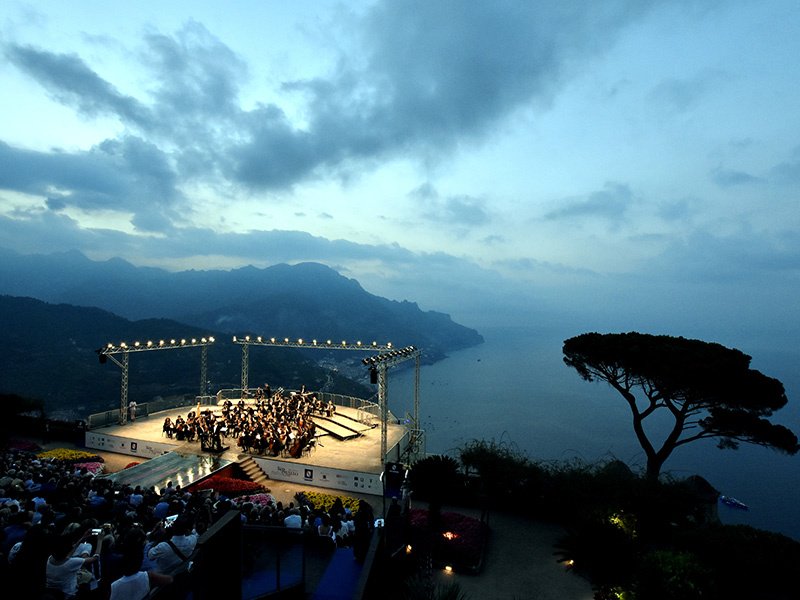
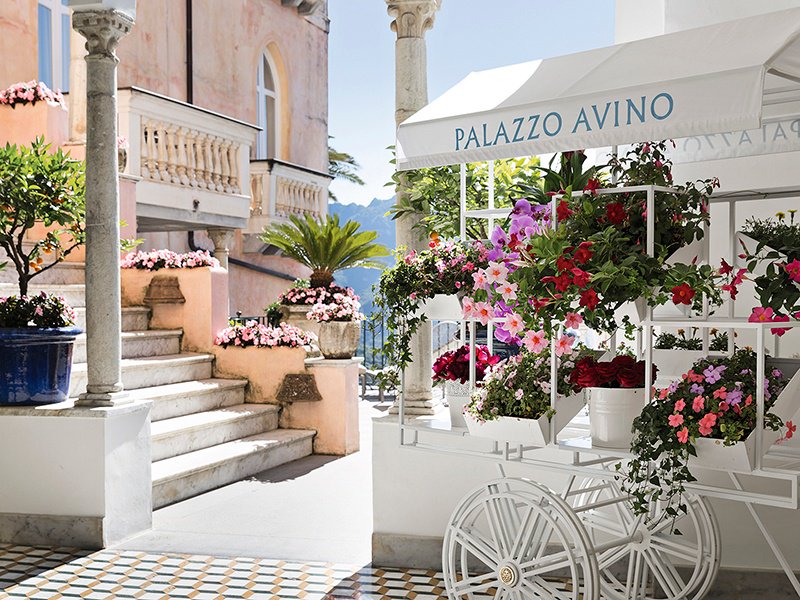
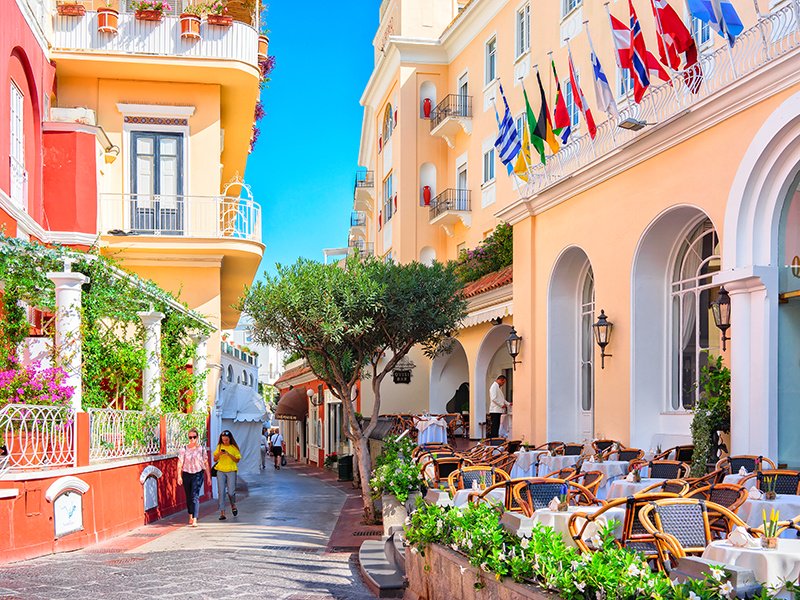
Though increasingly busy at the height of summer, Capri can be pleasant for a stroll in fall and early spring. Tiberio, in the east of the island, has walking trails for varying abilities to the crumbling Villa Jovis, built by Emperor Tiberius, and the enchanting Villa Lysis, built and owned by the poet and count Jacques d’Adelswärd-Fersen after he fled scandal in his home city of Paris.
On Via Camerelle you might find it hard to resist the siren call of numerous designer fashion boutiques, from Gucci to Valentino, or the temptation to take some of the enchanting Amalfi scents home with you from one of the island’s boutique perfumers.
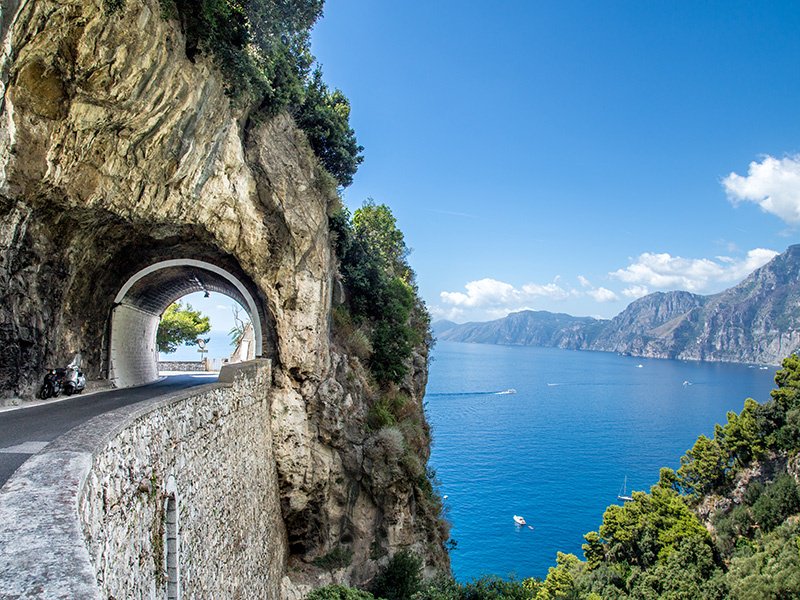
You may wish to hire a driver while you’re visiting, because navigating the hairpin bends of Strada Statale 163, or “road of 1,000 bends,” is not for the faint-hearted. Commissioned by King Ferdinand II of Naples and completed in 1852, this single-lane road wraps necklace-like around the peninsula, carving a path through the whitewashed towns and hillside vineyards, and providing epic unobstructed views out to sea or across the valleys.
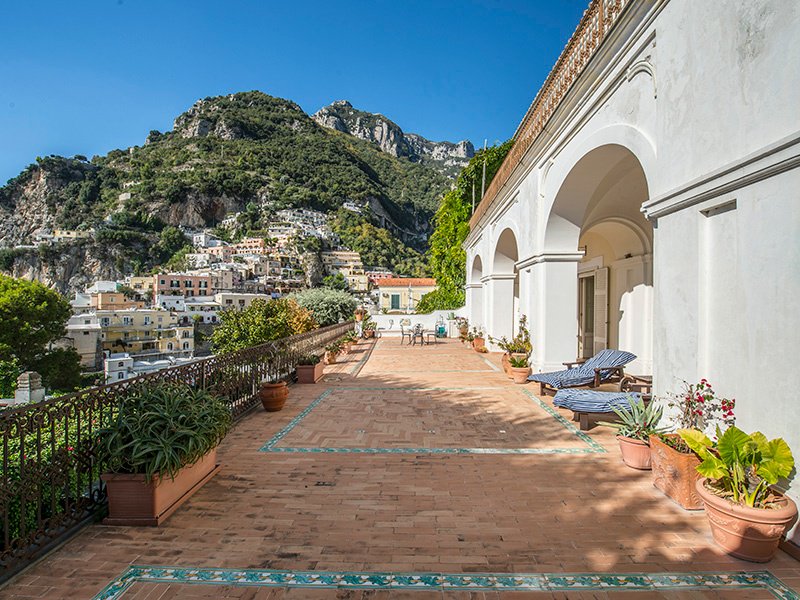
In the evening, a fine reward for climbing Positano’s hundreds of steps might be dinner on the majolica-tiled terrace at Monastero Santa Rosa. This former monastery, perched high on a cliff top, has been sympathetically converted into a boutique hotel and fine-dining restaurant. Garden vegetables served alongside grilled octopus pair beautifully with a glass of Furore Bianco from the Costa d’Amalfi, accompanied by the views out to sea across the rosemary-scented gardens and infinity pool.
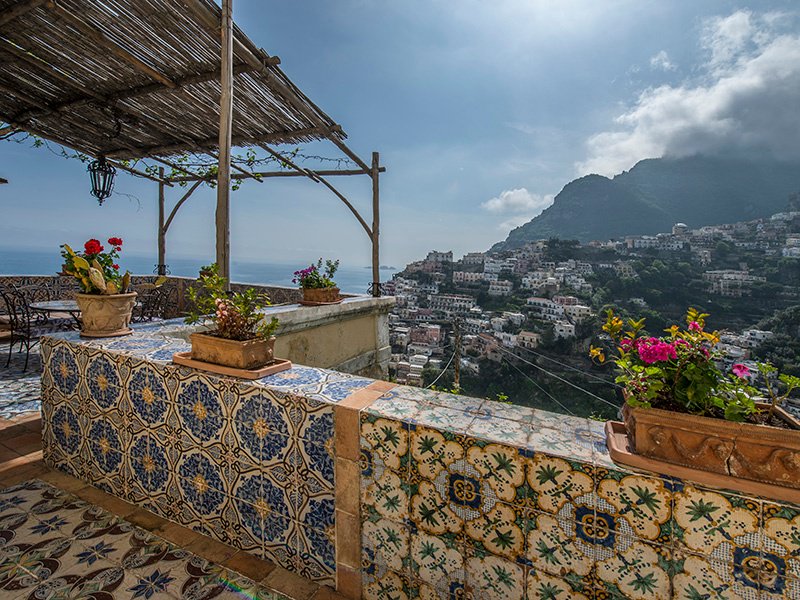
Just 16 miles (26 km) from Sorrento, you’ll find the ruins of Pompeii, a former Roman spa town that was all but destroyed after nearby Mount Vesuvius’s devastating eruption in 79AD. There are many more Roman ruins to be found back along the Amalfi coastline, and many are little-known and less crowded. If you’ve come to stroll the cobbled streets of Sorrento, you might take an evening boat ride to the ruins of Villa Romana di Pollio Felice on a peninsula just outside of town. The remains of this nobleman’s villa seem to have been engulfed by the rocky outcrop surrounding it, but the sunset from this aspect is a divine reward for all the steps you’ll have climbed on this trip. Just behind the ruins, a small cerulean-hued pool cut into the rocks is a popular swimming and snorkeling spot for locals.
A low-key evening can be found back on the harbor in Sorrento, where Sophia Loren chose family seafood restaurant Da Emilia for dinner while she was filming in the area in the mid-1950s. Order a refreshing negroni sbagliato and watch as the setting sun turns everything the perfect shade of peach and then disappears behind the craggy cliffs ahead of you.